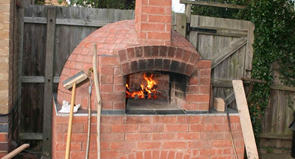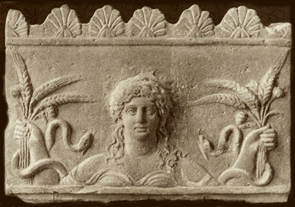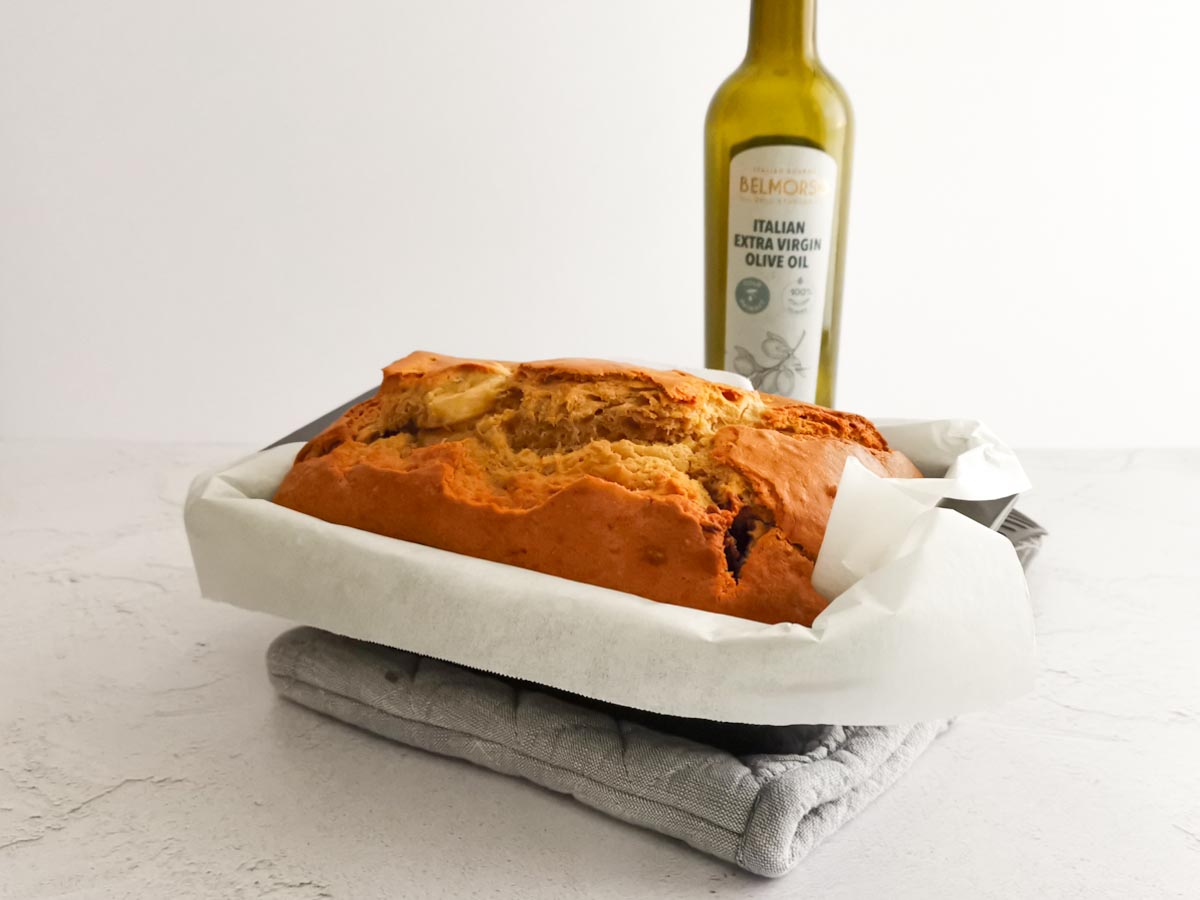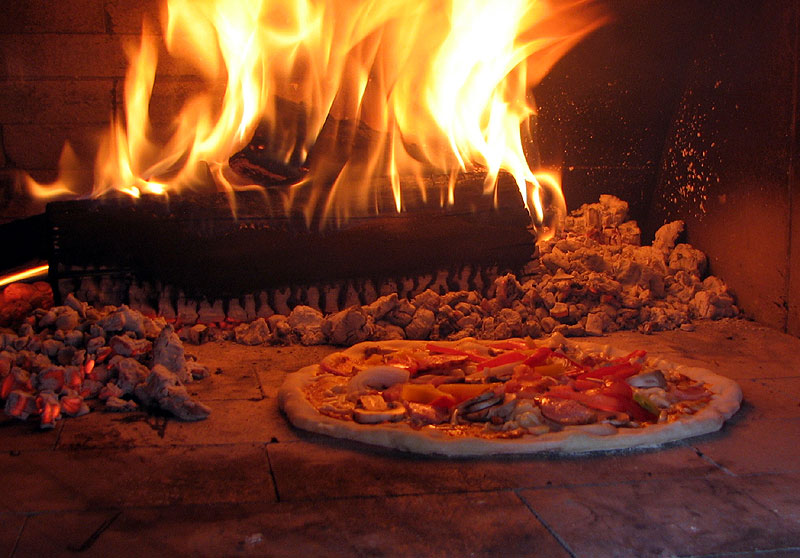
The Dinette Teller – 18. The Wood Oven
Who can resist a freshly baked loaf of bread? Golden, brown and crusty outside, soft and delicate inside. Especially when is still warm.. just it´s aroma should be enough to transport anyone to heaven!
When it comes to baking bread, Italy is well known for its unique technics and artisan recipes. However, bread and other baked products are only possible today thanks to one of the most important inventions of all times.. the wood oven!
In fact, the wood oven can be considered one of the first culinary revolutions in history and it started with a simple hole in the ground!

At least from the Neolithic period to the nineteenth-century, loaf bread was baked in wood-fired ovens. Of course, there were always exceptions. Egyptians are known to have systematically baked large loaves of bread in clay pots that were broken to release the product when ready.
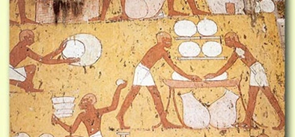
Today, wood fired ovens has been replaced with new technologies. Conversely, in Italy, the old way is still considered the best one!
Starting from the begging, one million and a half of years ago in South Africa, the fire was discovered by the Homo Erectus. Probably by chance, a lightning set on fire the branch of a tree. Since that moment, humans started to use the fire to enhance the quality of their food ( Of course, they used it for many other things as well.. )

However, the first oven was invented 29.000 years after the discovery of the fire. Simply a buried pit on the ground to place the food and then cover it with canopy leaves.

The first oven as we know it today was built by Egyptians and could be found along the Nile. The structure slightly resembled our typical wood-burning oven. It was conic-shaped made of clay bricks. The wood was set on fire in the lower part of the structure and the food was placed in the higher part. A stone slab conducted the heat from the lower to the higher part of the oven.

There was a hole on the top of the structure that acted as a vent for the fumes. Unfortunately, due to the fact that this hole would also cause most of the hit to be wasted, the inventions did not succeed.
In 1700 b.C., Greeks redefined the design of the oven. they built a lateral opening, instead of an upper one. The structure was smaller and contained a calotte and a single chamber. This ingenious invention became the first domestic oven.

To the Romans, the Greek civilisation was a source of inspiration and they began to build different samples of this ovens. The oven represented a major change in the roman culture. They started baking bread and creating delicious recipes that have been used for centuries up until today.

Under this circumstances, the roman emperor Numa Pompilio introduced a special celebration throughout the year, calle “furnacalia“, whose root comes from “furnus”, the latin word for “oven”.
The Furnacalia took place during the first mid of May, in honour of the Goddess Fornace, renowned to be the protector of the bread. During the celebrations, toasted hulled wheat grains, called “mola salsa” were given as sacrificial offering to the Goddess.
From the Roman Empire until now, there have not been big changes in the design of wood-burning ovens. Except for prebuilt ovens that were easier to install than the traditional ones and became popular due to the lack of specialized artisans.
